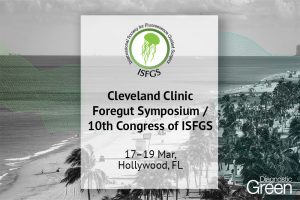Background: For endoscopic endonasal surgery of pituitary tumors, tissue identification, and intraoperative judgment depend largely on the surgeons’ expertise.
Objective: This study aims to assess whether the delayed-window indocyanine green (ICG) (DWIG) technique can identify pituitary gland tumors in real-time during the surgery and analyze the mechanism of ICG fluorescence in pituitary gland and tumor.
Methods: Twenty-five patients with pituitary adenoma were administered 12.5 mg ICG intravenously during the surgery. Thereafter, the near-infrared (NIR) visualization was performed from 0 to 180 min. Only eight patients underwent dynamic contrast enhanced (DCE) perfusion magnetic resonance imaging (MRI) due to the limitations of the insurance system. Consequently, we analyzed these eight patients extensively.
Conclusions: This study exhibits the utility of DWIG in distinguishing the normal pituitary gland from a tumor during the endoscopic endonasal surgery from 15 to 90 min following the ICG administration. Permeability can contribute to gadolinium enhancement on MRI as well as ICG retention and NIR fluorescence in a normal pituitary gland and tumor.




